- Signpost
- Posts
- 🇮🇳 India: The Modi-Trump Bromance is Bust
🇮🇳 India: The Modi-Trump Bromance is Bust
Best friends don't issue 50% tariffs on each other.

What the media says, what it means, and why it matters.
Was this forwarded to you? Signpost is a free weekly newsletter analysing what the media says, what it means, and why it matters. It’s free to subscribe. Alternatively, you can add me on LinkedIn.
Hi Signposter. Growing up as a Non-Resident Indian (NRI), I’ve come to realise that the Indian Dream is achieving the American Dream. Every Indian family, especially from the vast urban middle class, either dreams of a family member living and working in the U.S. (which in itself is a measure of success), or has that one family member doing just that whom they don’t shut up about. It’s a level of pride and value that NRIs living in the U.K., Australia, or the Gulf can only dream about.
My own flirtation with living in North America lasted only two years when I was a university student in Toronto. That’s about as physically close as I got to the Land of the Free. But even then I realised that I was better off moving East, eventually landing to Singapore 10 years ago (side note: today is Singapore’s 60th National Day. Happy National Day 🇸🇬!).
I would, most definitely, like to visit the U.S. and see the coastal cities. I’ve grown up on a healthy diet of American movies, TV shows, music, technology, education, and have also worked in a few American companies. There’s really no other nation that dominates, and has dominated, the global consciousness like the U.S. does. Even when I travel, regardless of where I’m going, I carry a few U.S. dollars with me, just in case.
This influence permeates politics as well. Recently, a right-leaning political party in Japan, inspired by U.S. president Donald Trump, fared better in recent elections than most people predicted, leading to sufficient hand-wringing-analysis about modern Japanese society. However, India, which has had a presidential-style right-leaning prime minister for the last 11 years (with at least four more to go) proudly pre-dates Trump’s election in 2016. Which is why the significant bromance between Indian prime minister Narendra Modi and Trump was not only understood, but also supported. Both men drove winning populist campaigns and promised economic progress. Both men also enjoyed taking lots and lots of pictures, especially with each other.
But the bromance has gone bust. Turns out nothing comes between two bros like a tariff. Which is the focus of this week’s Signpost.
SIGNPOST UPDATES
Last week, I wrote about how France, the U.K. and Canada have committed to recognising a Palestinian state in September. Now, Israel has declared their intention to control and occupy the whole of Gaza. Read the original breakdown here.
THE STORY SO FAR
💸 Cheap Russian Oil = Expensive U.S. Tariffs
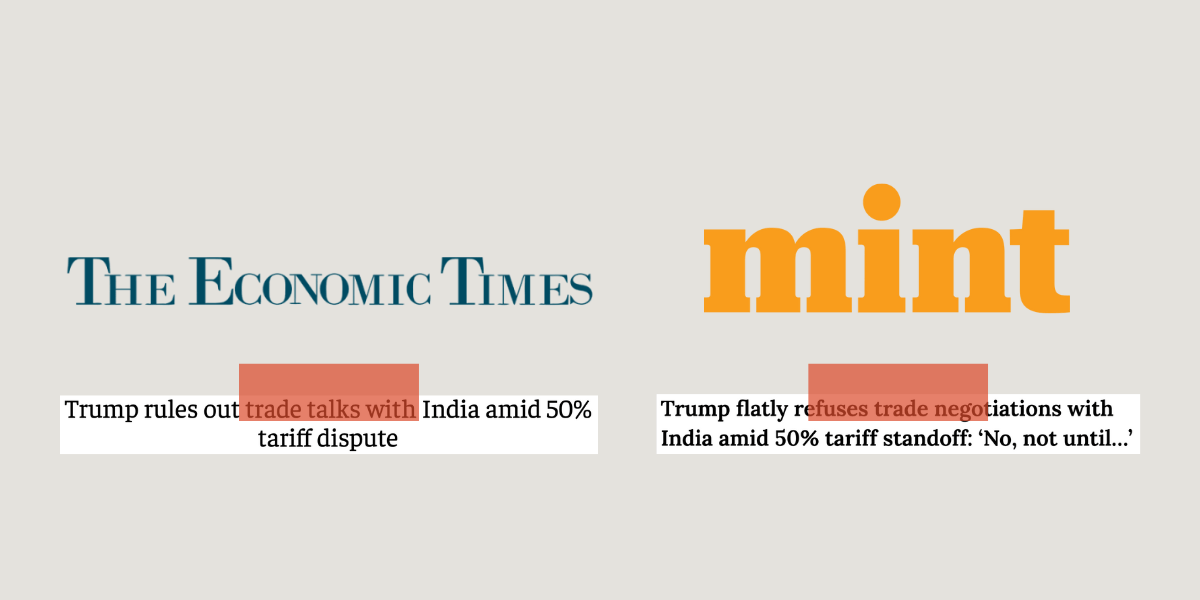
Since the beginning of the Russia-Ukraine war, most of Western Europe has weaned themselves off of Russian fossil fuels to power their economies. Germany, famously, had just completed building the Nord Stream 2 pipeline from Russia to Germany and then never opened it as sanctions were piled on Russia. And as Europe (sans nuclear-powered France) have mostly redirected the entirety of their energy sources from Russia to the Gulf, Russia has also redirected their customer base to closer neighbours China and India.
I put China’s name first in this list because China imports more Russian energy than India does, but combined, they buy roughly 85% of Russia’s seaborne crude. Russia is also now India’s largest supplier of oil, accounting for 35% of Indian oil supplies.
This is, supposedly, the sticking point between Trump and India, leading Trump to accuse India of financing the “Russian War Machine” in Ukraine. However, shortly before announcing the increase to 50% tariffs on Indian goods, Trump also labelled India’s economy “dead”.
All of this is coming after both Modi and Trump effectively campaigned for each other in their respective countries, snapping pictures clasping hands and smiling wide, all the while sharing what most observers defined as one of the closest relationships between an Indian and U.S. leader.
Now, amidst the bad tempered rhetoric between the world’s two largest democracies, and an opposition backlash against both Trump in the U.S. and Modi in India, the markets, and ultimately the average consumer, are trying to make sense of what this means to them. In this issue of Signpost, I will look at how the news is being covered in two of the largest English-language business news media in India, The Economic Times and Mint.
HEADLINE NEWS
🚫 THE ECONOMIC TIMES: Trump rules out trade talks with India amid 50% tariff dispute [link]
📢 Reading the Headline
The headline makes the bad news even worse — looks like Trump is not ready to even acknowledge India’s presence until India does it’s bidding. It’s clear, from the headline, that this is unlikely to be a quick fix. The Economic Times still insists on calling the situation a ‘dispute’, refusing to overhype the situation.
📸 Visuals
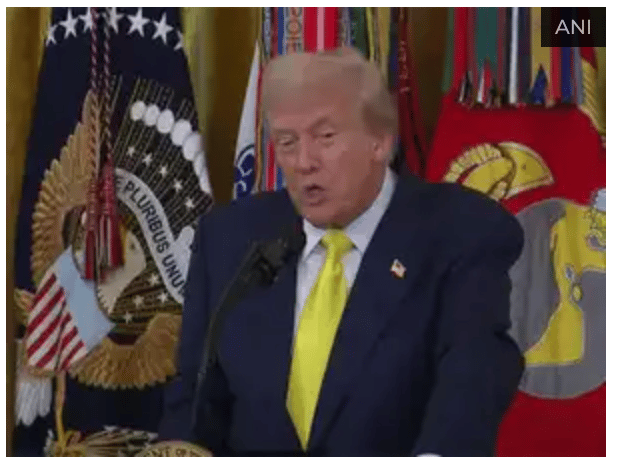
Only one image is used in the article, and it is rather pixelated. In it, we see Trump standing behind a podium delivering a speech. He is dressed in a dark blue jacket with a small flag-of-America pin on his lapel, a white shirt, and a fluorescent yellow tie (which I admit I have never seen him wear before). He is mid-speech, awkwardly leaning forward as the jacket sleeve of his left arm is bunched untidily around his upper arm. Behind him are three flags, each of increasing complexity of colour, pattern, and layout.
It is a very busy, small, unclear picture.
✍🏽 Words
The article begins with explaining the headline in further detail, insisting that Trump refused any further trade talks with India ‘until a dispute over tariffs is resolved’. The article then explains the sequence of events, including how an ‘Executive Order’ on Wednesday delivered an ‘additional 25 percentage points in tariffs on Indian goods’, on top of the existing 25% ‘raising the total levy to 50%’. The reasons given include ‘national security and foreign policy concerns’, but ‘specifically’ indicating ‘ongoing imports of Russian oil’ to India, saying these imports ‘present an “unusual and extraordinary threat” to the United States’.
While the initial 25% levy ‘came into effect on 7 August’, the remaining 25% tariff ‘will take effect in 21 days and apply to all Indian goods entering US ports’, with some ‘exceptions’ and some ‘exempt categories’. Crucially, the Executive Order ‘provides flexibility’ for Trump to change his mind. Undeterred, Modi ‘responded defiantly’ in a recent speech post this news, ‘signalling that New Delhi would not back down’. A quote from Modi, focusing a lot on farmers and fishermen, follows.
The article ends by reminding us that ‘India has consistently pushed back’ against liberalising ‘sensitive sectors’ of its economy, including ‘agriculture and dairy’, saying it would detrimentally impact ‘millions of rural livelihoods’. Despite this, the article admits that the current ‘standoff’ is a ‘sharp escalation in trade tensions’ between India and the U.S., and both countries are ready to ‘dig in’.
❓ What it means
I find it hard to believe that that was the best picture of Trump they could find for this article. It’s so bad, it’s almost deliberate. Especially considering that The Economic Times is not only the most read business news media in India, it is the also considered to be the world’s second-most widely ready English language business newspaper after The Wall Street Journal. A 64 year-old newspaper would not make such a mess of an image of a world leader.
The words chosen are generally neutral and clinical. There is no mention of what this actually means for people on the street, how this will impact Indian businesses and what prices of what commodities will further shoot up. However, there is a hint that this excessive levy on India will not come to pass as the article mentions the delayed date of its launch and the provision in the order for Trump to change tack. Judging by the new of the last six months, there’s a strong chance that Trump will change his mind and back down.
⚠️ Why it matters
The article surprisingly turns away from providing a purely Indian viewpoint of the news. In fact, we don’t really get a sense of the mood on the ground apart from a defiant quote from Modi being ready to “pay a heavy price” without compromise. For a story involving the two biggest personalities from the two biggest democracies in the world, we get more or less no indication of their relationship or their current standing in their own markets. The article works hard to maintain a journalistic lens on the news, going against the grain (especially if you are familiar with the Indian news media landscape) of hyperbole, shouting, or sycophancy. Are we better or worse off for it?
FOR YOUR CONSIDERATION
💡 Here’s how you can Communicate With Intention.
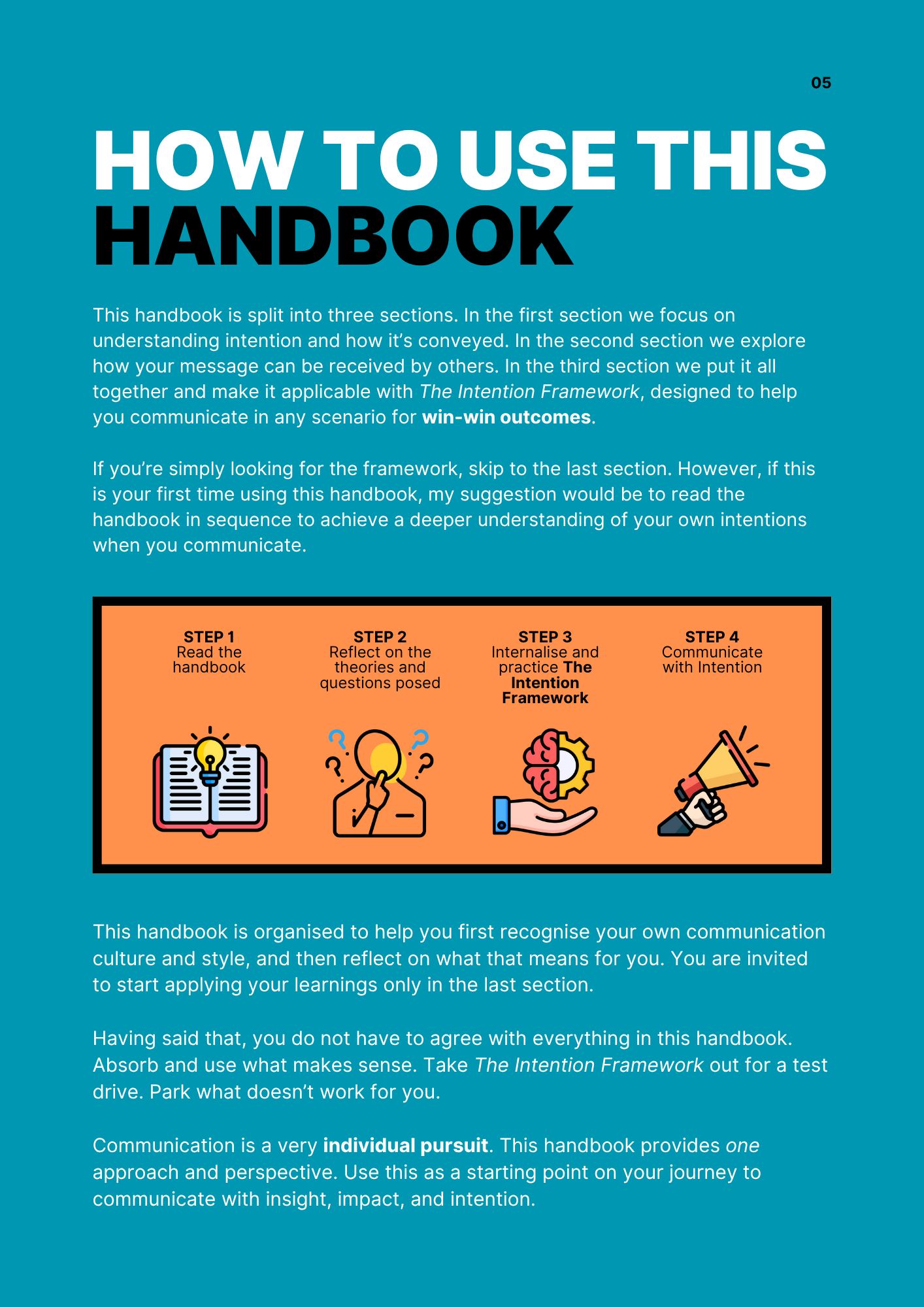
Introducing the Communicate With Intention Handbook, a 30-page document to help individual contributors (ICs) and generalists communicate with insight, impact, and intention.
The handbook is a guide to help you:
1. Understand how your intention can be received by your audience
2. Explore the spectrum between 'intention' and 'manipulation'
3. Communicate better to deliver win-win outcomes
Click here to buy now.
🗯️ MINT: Trump flatly refuses trade negotiations with India amid 50% tariff standoff: ‘No, not until…’ [link]
📢 Reading the Headline
The headline in Mint has a lot of personality. Firstly, we are told that Trump didn’t just say no, he ‘flatly refused’. Then, we get a cliffhanger in the guise of a half-quote from Trump to make us dive deeper into the article to understand what that ‘until’ entails.
📸 Visual
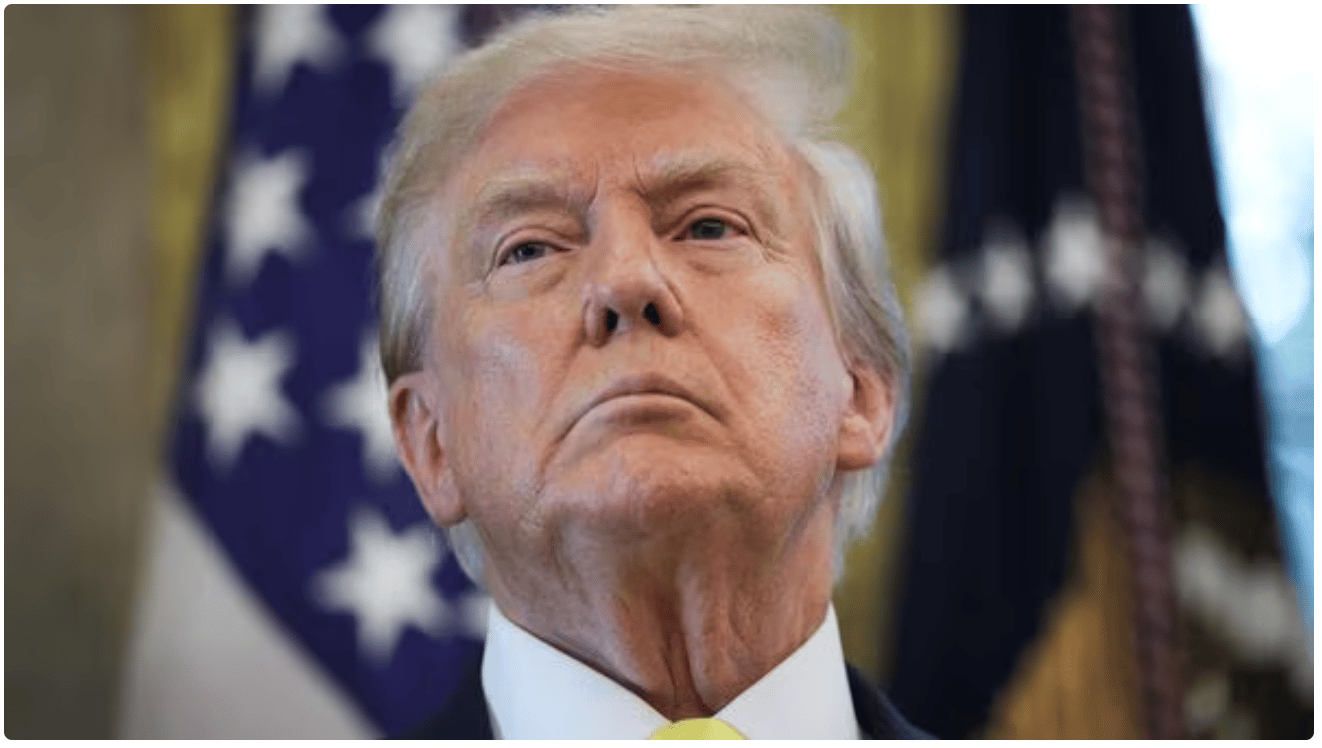
Two visuals are included in the article, including one image and one video. For the purposes of this analysis, I will focus on the image only.
The headline image of the article is a headshot of Trump looking forward, steely eyed and determined. We only see his white collar and the top of the knot of his fluorescent yellow tie. Behind him, in bokeh, is the American flag along with another flag with an American seal on it.
Because the angle of the photograph is from below Trump, he is looking up and away. Trump looks defiant, almost combative.
✍🏽 Words
The article minces no words, saying that Trump ‘made it clear’ that trade talks with India ‘will remain on hold’ until the ‘tariff dispute is resolved’ with Trump having ‘doubled the tariffs’ because of India ‘buying Russian energy’. At a U.S. press conference, the article reiterates Trump’s ‘hard stance amid escalating trade tensions’.
A quick summary of the levies follows, including a paragraph that maps exactly to a paragraph in the article in The Economic Times, indicating that both articles are based off a wire service.
Here is where this article differentiates itself from the previous one, by quoting Indian business owners speaking to Reuters. Calling the tariffs a ‘salvo’, the article quotes an Indian garment maker with U.S. clients who ‘has been receiving midnight panic calls’ to ‘share the tariff hit or move production out of India’. The company’s response has been to ‘shift production to its 17 factories’ in other countries around the world. Similarly, ‘India’s biggest jeweller and watchmaker Titan’ also informed Reuters, as reported in this article, that they are ‘looking at shifting some manufacturing’ to the Gulf. Finally, the ‘finance chief of top Indian garment maker Raymond’ informs us that the company is betting on their ‘one factory in Ethiopia’ because of the 10% tariffs on that country to offset any indigenous manufacturing.
❓ What it means
Finally, we hear from some people on the ground, and the news isn’t good. Not only are they aggressively offloading manufacturing to other countries, it is likely that this will lead to significant jobs losses and a shrinking of the manufacturing sector in India, severely denting Modi’s ‘Make in India’ push of the last 11 years. The article doesn’t aim to soften the blow either, making very clear that this is not something that Trump will likely back down from, indicating that we should all be ready for a recession.
Bizarrely, the article does not dive further into what this means for the Indian workforce, instead highlighting how Indian businesses will continue to deliver goods to the U.S. market. Ultimately, it’s Indian workers and American consumers who will pay the tariffs.
⚠️ Why it matters
Both articles do not make clear exactly what categories of goods and services are impacted by these heightened tariffs, but gauging by the examples specified in the article, this does not impact India’s massive IT and outsourcing economy. Who will be impacted are Indian manufacturers, who are also likely playing a low cost, low margin game. Does this mean that jobs will not be impacted? Of course they will. But, as always, the brunt of this development is being borne by low cost labour.
WHAT’S GOING ON?
💔 What of the bromance?
I’ll be honest, part of the reason why I compared these two media and these two articles was because I couldn’t find (at the time of publishing) articles in Indian English-language media that specifically referenced the deteriorating relationship between Modi and Trump. This is despite the fact that literally every other news media I found, including major mainstream media like BBC and Al Jazeera, along with smaller media like TRT and The Hill, all had an opinion on the bromance.
This, by itself, gives you a sense of the current state of Indian mainstream media. Even privately owned legacy media like The Economic Times are more likely to keep within the very strict lines that are either overtly or covertly implied.
What’s the best way to look at this news? Through a purely analytical (if more positive-skewing) lens like The Economic Times? Through a more pessimistic lens like Livemint? Or are you better off reading international media to understand the power play between Modi and Trump?
The truth, as always, is somewhere in between.
Read widely. Question thoroughly. Decide accordingly.
WEEKLY POLL
LAST WEEK’S POLL (AND COMMENTS)
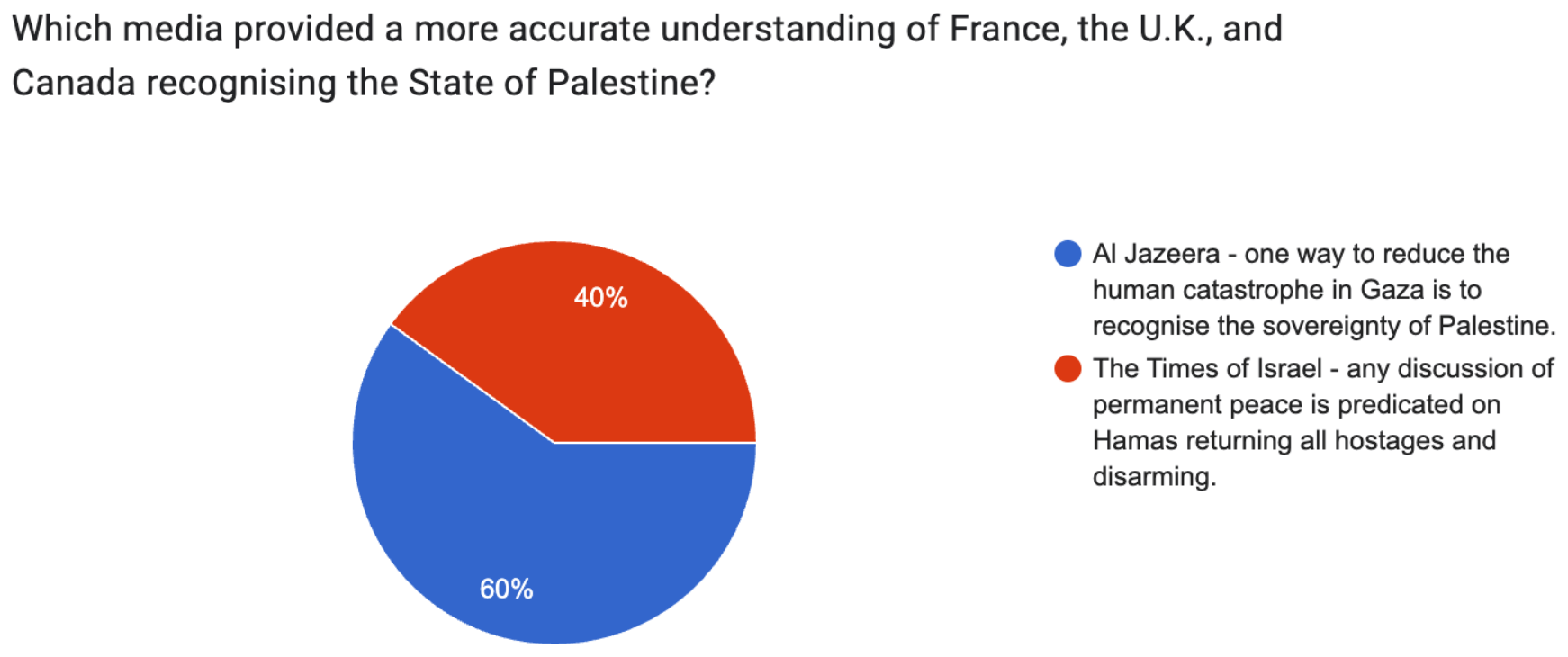

ALSO THIS WEEK
Staying in India, this week Philippine president Ferdinand Marcos Jr. completed an official five-day visit to the country.
Across the border, Bangladesh has announced official elections in 2026, the first such elections since the removal of long-serving prime minister Sheikh Hasina in 2024.
Was this forwarded to you? Signpost is a free weekly newsletter analysing what the media says, what it means, and why it matters. It’s free to subscribe. Alternatively, you can add me on LinkedIn.

